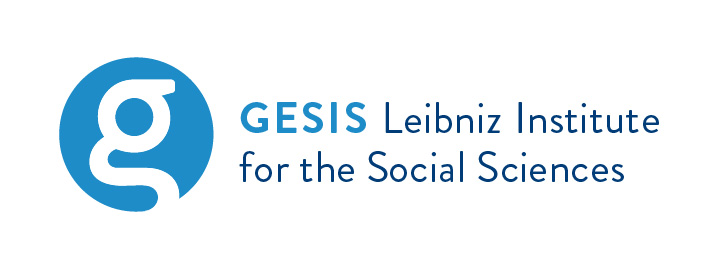Video Interviewing and Observed Differences in Mental Health Outcomes
Abstract
The integration of video interviewing in survey research is relatively new and may offer similar benefits as telehealth visits in mental health research. Methodological evaluations of video interviewing are needed for large-scale surveys. Over 3,000 clinical interviews were conducted by video and over 1,500 by phone for a national study of U.S. adults, the Mental and Substance Use Disorders Prevalence Study (MDPS). Sociodemographic differences were observed among those who completed a clinical interview by video compared to phone respondents. Higher prevalence rates of all disorders, with the exception of schizophrenia spectrum disorders, were found for video respondents. Higher prevalence rates of generalized anxiety disorder (video 11.3% vs. 8.0%, p < .05), bipolar 1 (2.1% vs. 0.7%, p < .05) and obsessive compulsive disorder (OCD; 3.1% vs. 1.5%, p < .05) were observed among those completing an interview by video compared to those interviewed by phone. Individual logistic regression models were calculated for each disorder adjusting for sociodemographic characteristics to assess the difference in prevalence rate by mode of interview. Respondents interviewed by video had higher odds of having bipolar 1 (OR = 2.96, 95% CI [1.42, 6.17]), OCD (OR = 2.16, 95% CI [1.20, 3.90])and having two or more mental health disorders (OR = 1.64, 95% CI [1.23, 2.19]) than those interviewed by phone after adjusting for sociodemographic characteristics. While further investigation using experimental approaches is required, video interviewing may improve the ability to detect mental health conditions in large-scale survey research.
Keywords
Full Text:
PDFDOI: https://doi.org/10.12758/mda.2025.06
Refbacks
- There are currently no refbacks.
Copyright (c) 2025 Christine Carr, Heidi Guyer, Katelan McDaniel, Wendy Reed, Carlos Macuada, Paul Geiger, Lisa Carpenter, Andy Peytchev, Jill Dever, R. Suresh, Mark Edlund

This work is licensed under a Creative Commons Attribution 4.0 International License.

